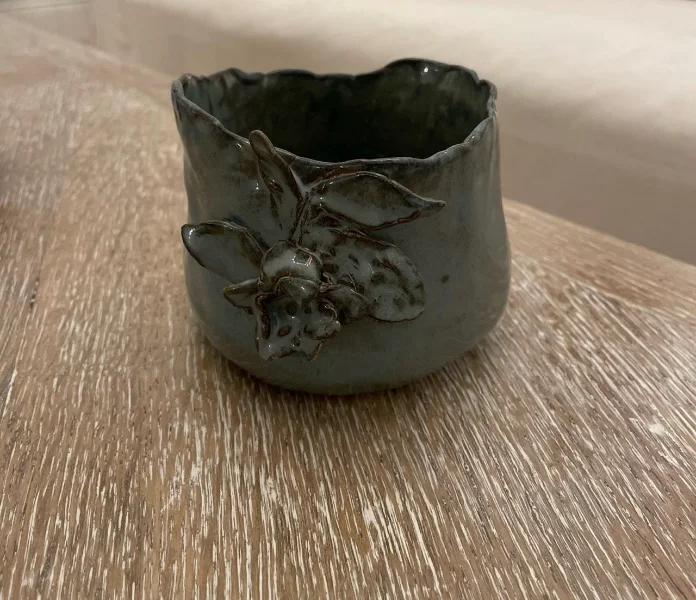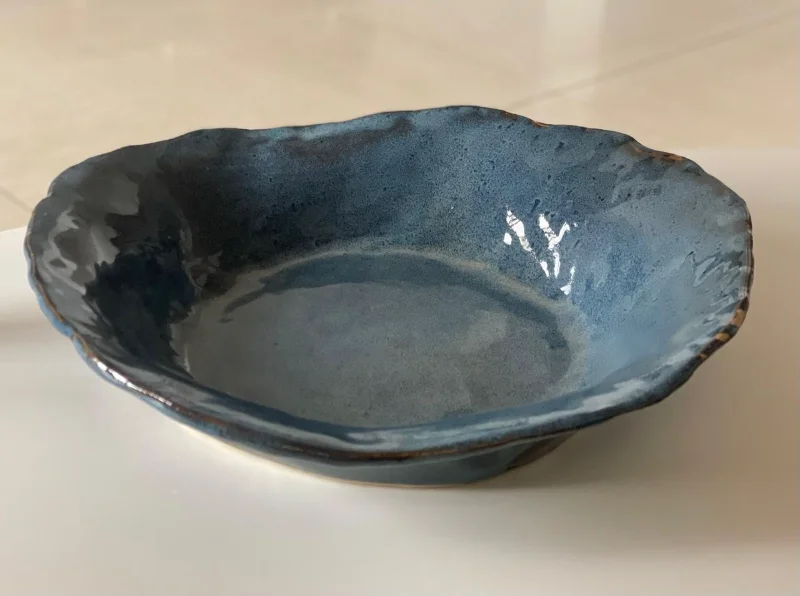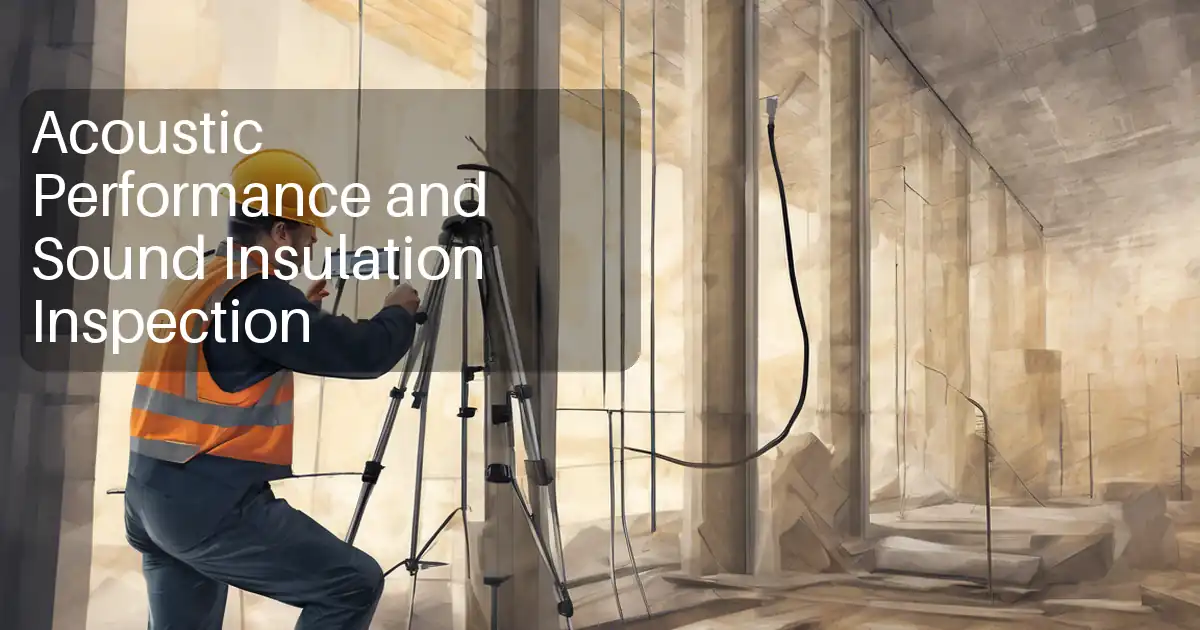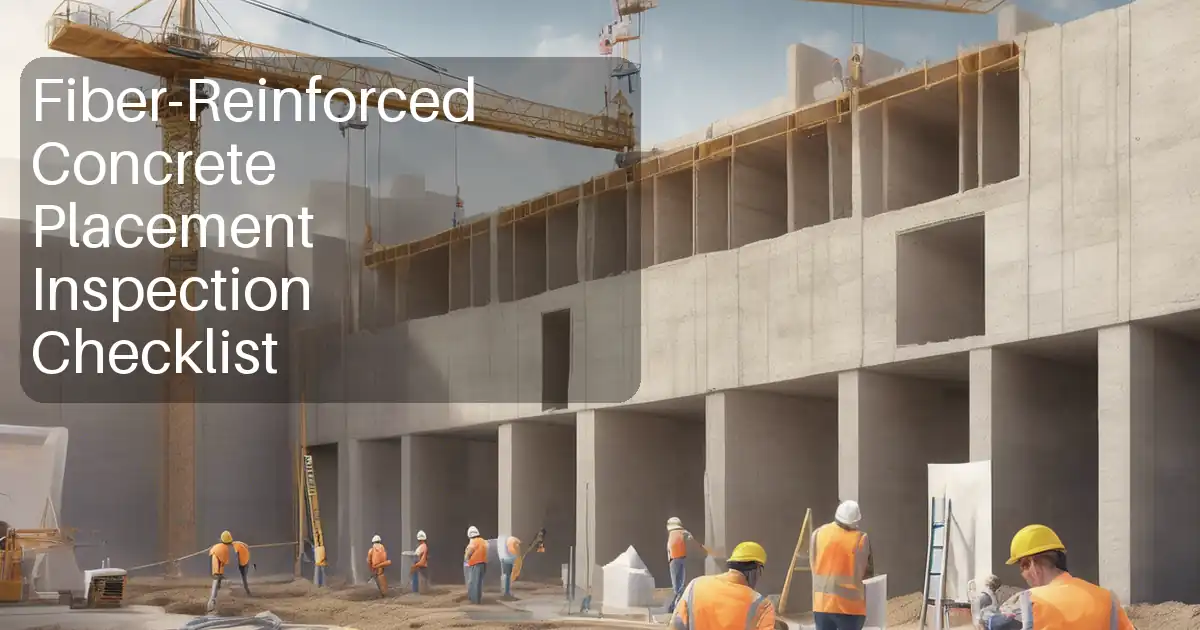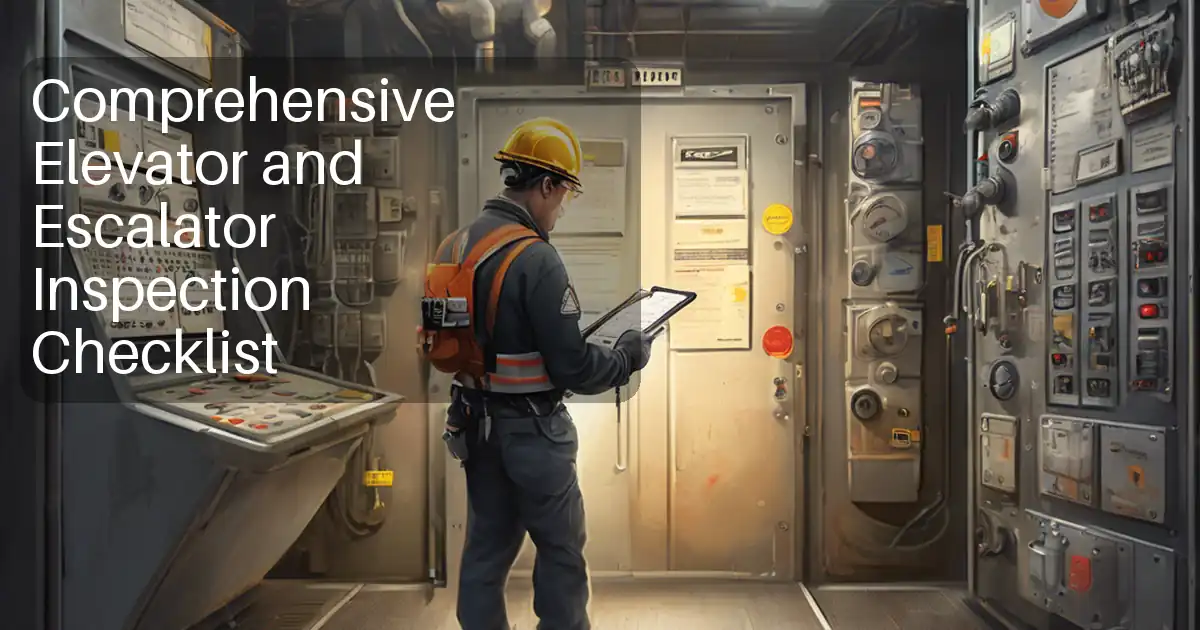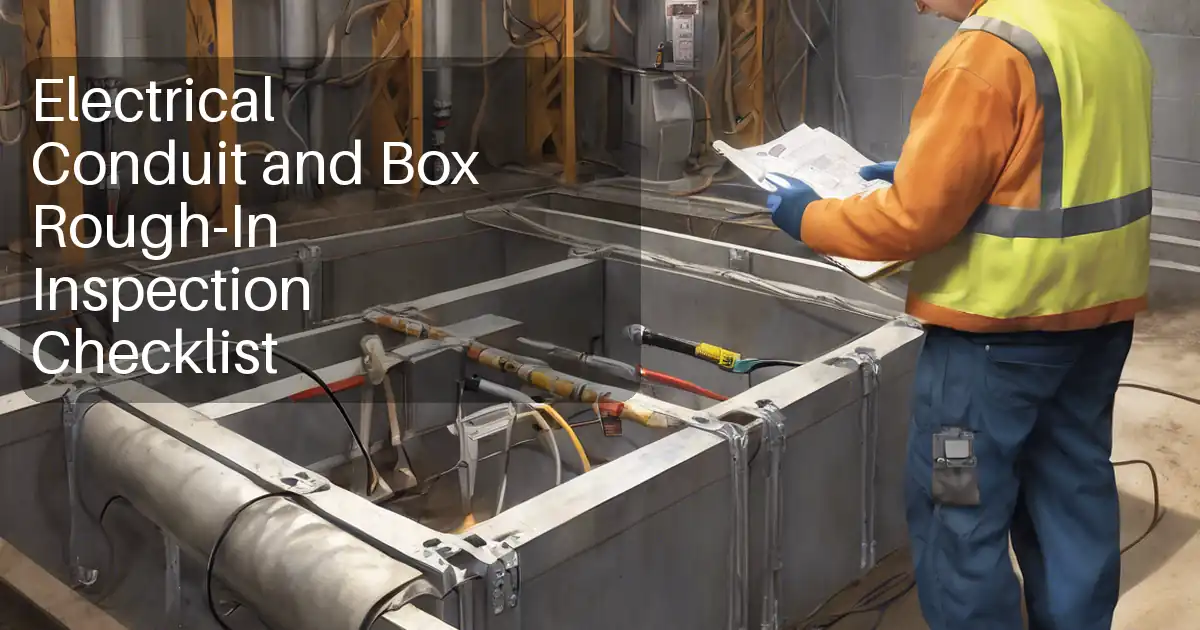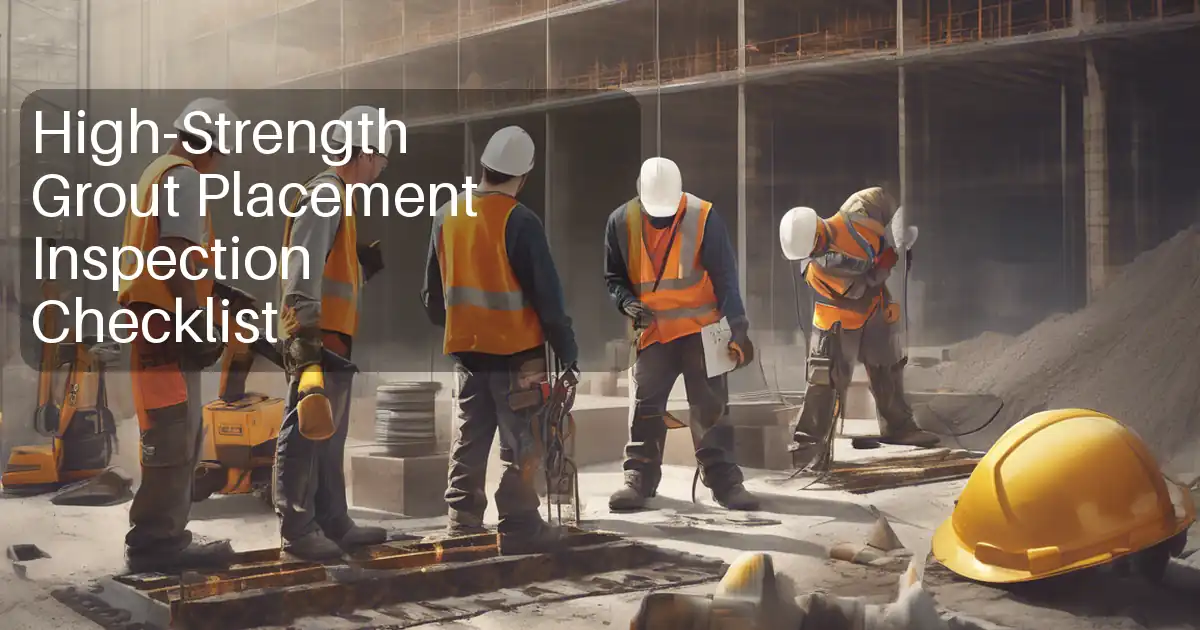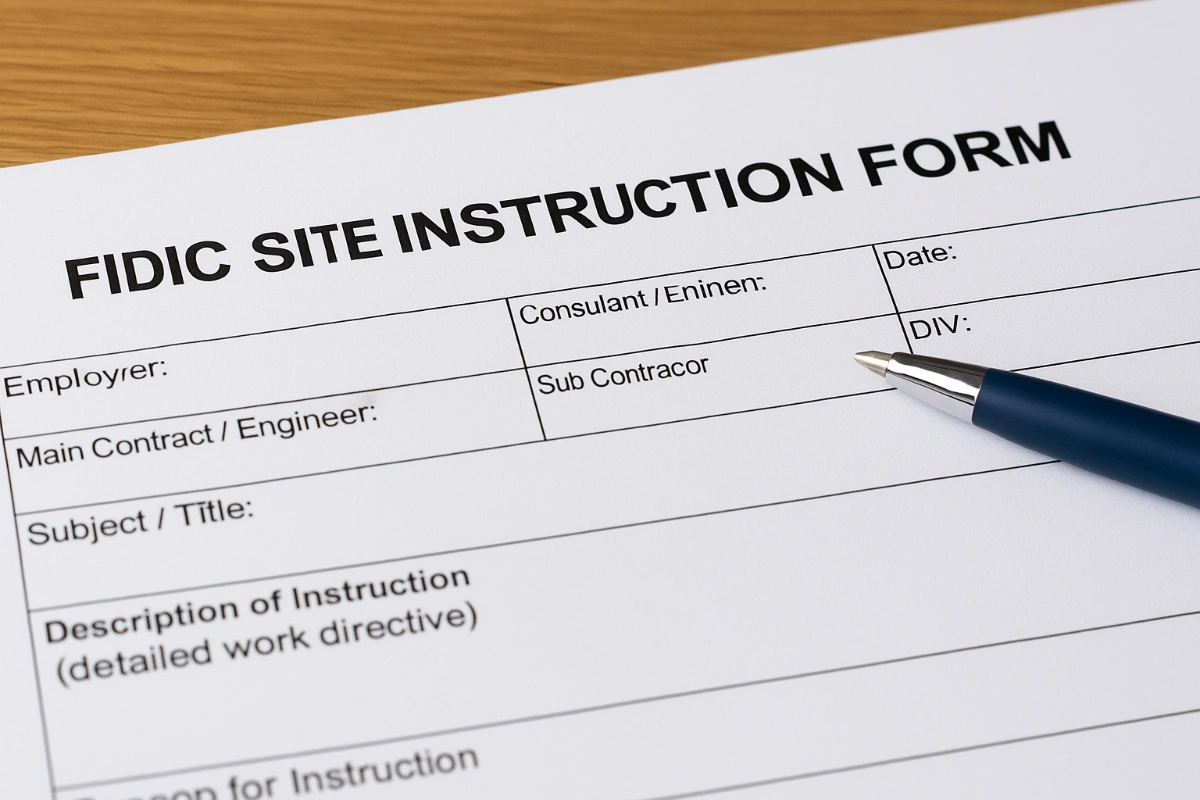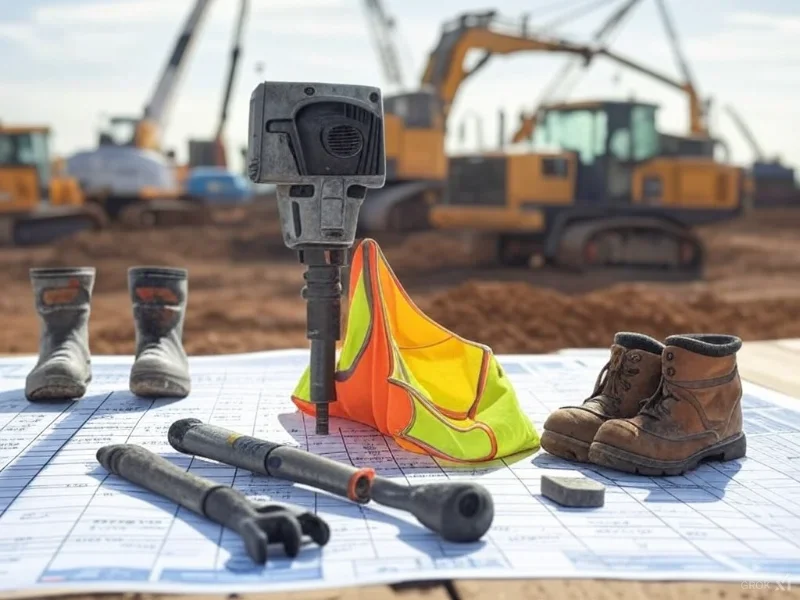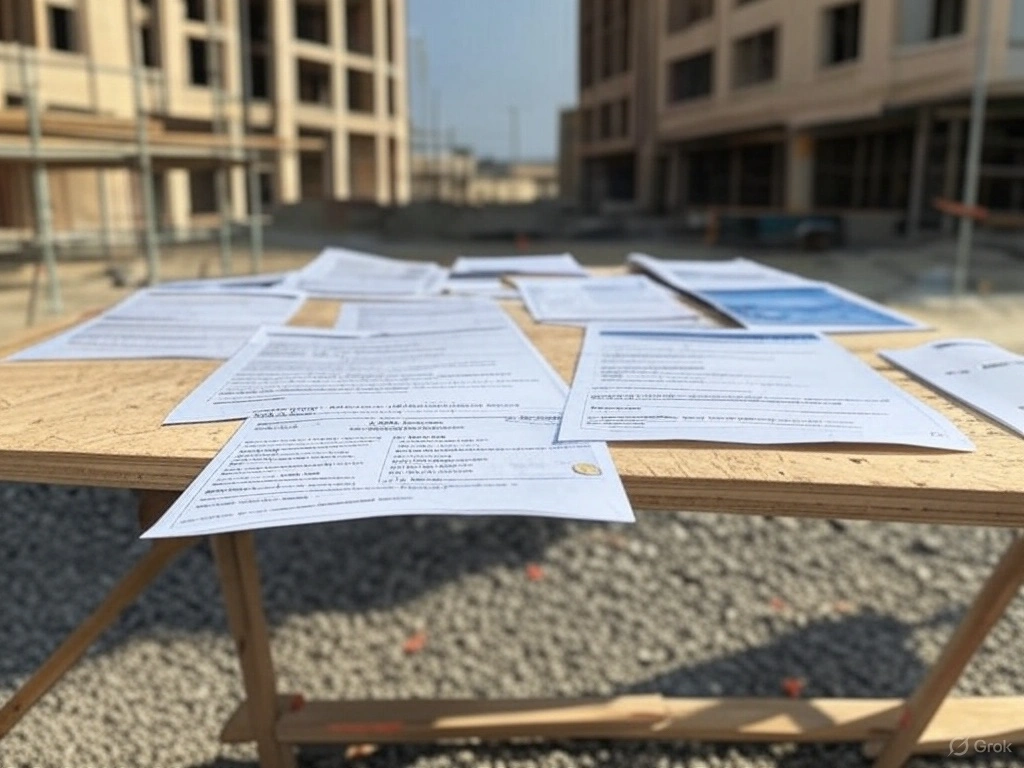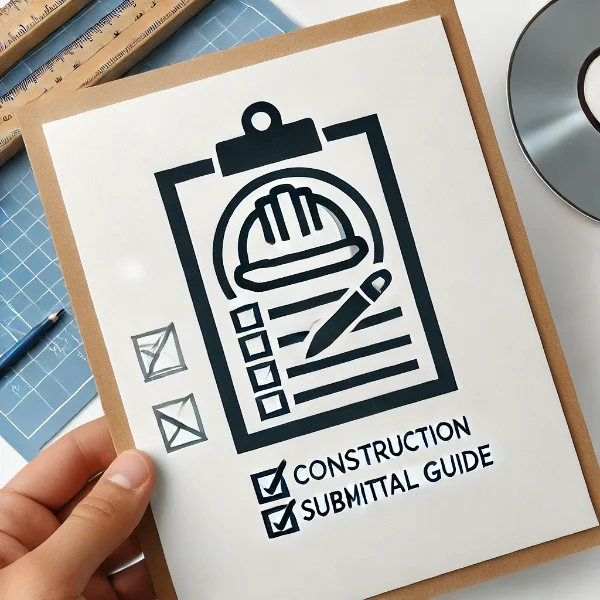Handmade Ceramics And Technique
This article explores the timeless art of handmade ceramics, detailing various traditional and modern techniques used by ceramic artists. It covers methods like hand pinching, slab building, raku firing, coil building, throwing on the wheel, and slip casting, alongside decorative techniques such as carving (Sgraffito), burnishing, and Mishima. Innovative approaches like paper clay, extruding, and monoprinting are also discussed, offering insight into the creativity and craftsmanship behind each piece. The article concludes with an overview of firing methods and the enduring appeal of ceramics as a blend of functionality and artistic expression.
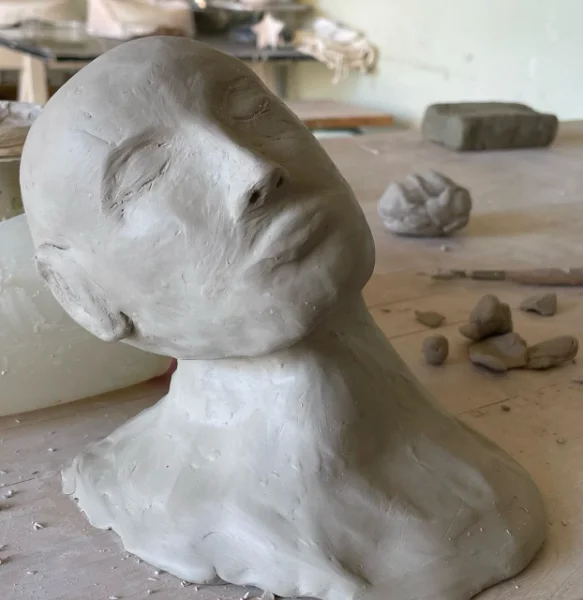
Exploring Handmade Ceramics and Techniques

Handmade ceramics are a timeless art form that blends creativity, tradition, and functionality. By shaping clay into beautiful and practical objects, ceramic artists leave a personal touch in every piece they create. This art form is steeped in history and continues to evolve with innovative techniques and methods that reflect the unique vision of each artist.
** all arts in this article are made by Rana Chakhtoura Maten/Lebanon
Hand Pinching
One of the oldest ceramic techniques, hand pinching, involves shaping clay with the fingers. This method allows for great control over the form, enabling the creation of bowls, cups, and sculptures. It is a simple yet meditative process, requiring patience and an intuitive sense of shape.
Slab Technique

The slab technique involves rolling clay into flat sheets and cutting them into desired shapes. These pieces are then joined together to create items like plates, tiles, or geometric sculptures. This method is ideal for achieving clean lines and angular forms, offering versatility for functional and decorative pieces.
Raku Firing
Raku firing is a dramatic and exciting process. Ceramics are removed from the kiln at high temperatures and cooled rapidly in materials like water or sawdust. This rapid cooling creates unique patterns and textures that are often unpredictable but always striking. The technique celebrates imperfection and the organic nature of ceramics.
Coil Building Technique
The coil building technique is simple yet incredibly versatile. Artists roll clay into long ropes, or coils, and stack them to form various shapes. These coils are smoothed out to create seamless surfaces or left visible for a decorative effect. This method is often used for pots, vases, and large sculptures.
Throwing on the Wheel
Throwing on a pottery wheel is one of the most recognized techniques. A lump of clay is placed on a spinning wheel and shaped using hands and tools. This technique is perfect for creating round and symmetrical objects like bowls, mugs, and vases. The skill lies in controlling the clay as it spins, which requires practice and precision.
Slip Casting
Slip casting involves pouring liquid clay, known as slip, into molds. Once the clay sets, the mold is removed, leaving a detailed replica of the mold’s interior. This technique is commonly used for mass production of identical pieces but can also be used for intricate, one-of-a-kind designs.
Carving (Sgraffito)
Sgraffito is a decorative technique where artists carve patterns into the clay's surface. Often, this is done after applying a layer of colored slip or glaze. The carved designs reveal the clay body beneath, creating intricate and detailed works of art.
Burnishing
Burnishing is the process of polishing the clay surface with a smooth object like a stone or spoon. This technique creates a shiny finish without using glaze and is often associated with traditional pottery. Burnished pieces have a soft, tactile quality and a natural sheen.
Agateware (Nerikomi or Neriage)
Agateware, also known as nerikomi or neriage, involves layering and mixing different colored clays to create marbled or striated patterns. These patterns remain visible after shaping and firing, resulting in stunning visual effects that are both organic and controlled.
Press Molding
Press molding is a technique where clay is pressed into or onto a mold to form a specific shape. This method is excellent for creating detailed or repetitive designs and is often used for tiles, ornaments, or functional items like plates.
Mishima
Mishima involves etching designs into the clay and filling the grooves with contrasting slip. Once dried, the excess slip is removed, leaving clean, sharp lines. This technique is popular for adding detailed, fine decorations to ceramic surfaces.
Slip Trailing
Slip trailing uses liquid clay applied through a fine-tipped nozzle to create raised designs on the surface of a piece. This technique adds texture and decoration, allowing for intricate and personalized embellishments.
Draping
In draping, slabs of clay are placed over or inside molds to create specific shapes. This method is ideal for producing organic and natural forms, such as bowls or plates, with minimal effort.
Hump and Slump Molding
Hump molding involves draping clay over a convex mold, while slump molding presses clay into a concave mold. These techniques are commonly used for creating functional items like serving dishes and platters.
Terra Sigillata
Terra sigillata is a fine clay slip applied to pottery before firing. It creates a smooth, polished surface with a satin-like finish. Often used in historical and decorative pottery, this technique enhances the natural beauty of the clay.
Paper Clay
Paper clay is a mix of clay and paper fibers, which improves flexibility and strength. This allows for thinner and more intricate forms, making it ideal for delicate sculptures or experimental designs.
Extruding
Extruding involves pushing clay through a die to create uniform shapes like tubes, coils, or intricate profiles. This technique is often used for functional items and decorative components in larger works.
Monoprinting
Monoprinting transfers patterns or images onto clay surfaces using slip or glaze. This technique allows for painterly effects, adding depth and uniqueness to ceramic designs.
Firing Techniques
Firing is a crucial step in ceramics. It hardens the clay and sets the design. Techniques like kiln firing, raku firing, and pit firing are used depending on the desired outcome. Each firing method influences the texture, color, and strength of the final piece.
The Art of Handmade Ceramics
Handmade ceramics combine tradition, creativity, and craftsmanship. Each technique opens a new door to artistic expression. Whether functional or decorative, ceramics embody the connection between the artist’s hands and the earth, making every piece a timeless work of art.
